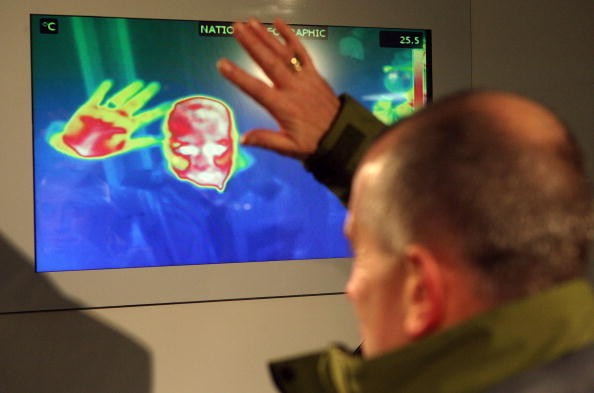The new thermographic camera created by a team of psychology researchers from the University of Granada in Spain can tell whether a specific individual is in love or not. The camera makes its assessment based on the change in temperature of different body parts.
During the experiment, the researchers asked 60 individuals in a new relationship to put their dominant hand in freezing cold water for complete two minutes. The volunteers were supposed to dip their hands while looking at the photos of their partners.
Next, the images taken from the thermographic camera after two minutes were compared to the ones taken before the activity.
"There is a faster recovery of the hand. You can see the temperature here (on the side), so when you compare this image with the image that we have seen with (her looking at) friends this recovery is faster," researcher Alex Moline told Reuters.
The analysis of the thermal images taken before and after the freezing water activity revealed that the temperature of the participants' hands, nose, forehead and cheeks increased by almost two degrees Celsius after the activity. On the other hand, when this activity was repeated on a control group who looked at the photograph of their friend, no variation in temperature was noted.
According to Francisco Tornay, professor of psychology at the university, the body temperature is very much linked to the sympathetic and the parasympathetic nervous system. In addition, it depends on the level of excitement and the feelings of an individual. In such a case, it is relatively easy to measure the working of the parasympathetic nervous system in humans.
The research team believes that this technology using a thermographic camera can be integrated with mobile phones in the future. Tornay says that with the help of a detailed analysis and use of machine learning algorithms, it would be possible to detect the emotional state of a particular individual by just recording a video of him or her. However, this would require a pixel by pixel analysis of the thermographical images.
Recently, FLIR Systems announced FLIR Vue Pro R, a camera that enables drone operators to accurately measure the temperatures of individual image pixels, AZO Materials has learned.
The following video examines how thermal cameras work:



























